In a world where businesses live or die by their ability to adapt, bespoke software isn’t a luxury anymore – it’s a strategic advantage. Off‑the‑shelf tools can get you off the ground, but they rarely fit perfectly. They force companies to contort their workflows around rigid functionality and leave critical processes patched together with spreadsheets and workarounds. Over time, those compromises add up in the form of inefficiency, frustration, and missed opportunities. In this article, we’ll explore and explain why custom software is the competitive edge your business needs.
Custom software development flips that equation. Instead of bending your business to fit someone else’s mould, you build a solution around your actual needs. That principle seems simple, but the impact is profound. From automating manual tasks to delivering new value to customers, a well‑designed application can be the catalyst that propels you ahead of competitors who are still wrestling with generic systems.
The role of software in modern business

Virtually every company, regardless of size or industry, now relies on digital tools to operate. In manufacturing, ERP systems manage supply chains; in healthcare, electronic health records coordinate patient care; in retail, e‑commerce platforms handle everything from product listings to logistics. When these systems aren’t aligned with the way a business actually works, they become a constraint rather than an enabler.
Businesses also generate and consume more data than ever before. The ability to collect, process and act on that information in real time separates market leaders from laggards. Off‑the‑shelf software often can’t ingest bespoke data streams or accommodate unique reporting needs. Custom applications, on the other hand, can be built from the ground up to integrate disparate data sources, surface meaningful insights and trigger automated workflows.
Perhaps most importantly, technology has moved from the back office to the heart of customer experience. Users expect intuitive interfaces, instant responsiveness and seamless integration across channels. Meeting those expectations with generic platforms can be an uphill battle. Tailored software allows you to design customer journeys that reflect your brand, streamline interactions and build loyalty.
Custom vs. off‑the‑shelf: breaking down the trade‑offs
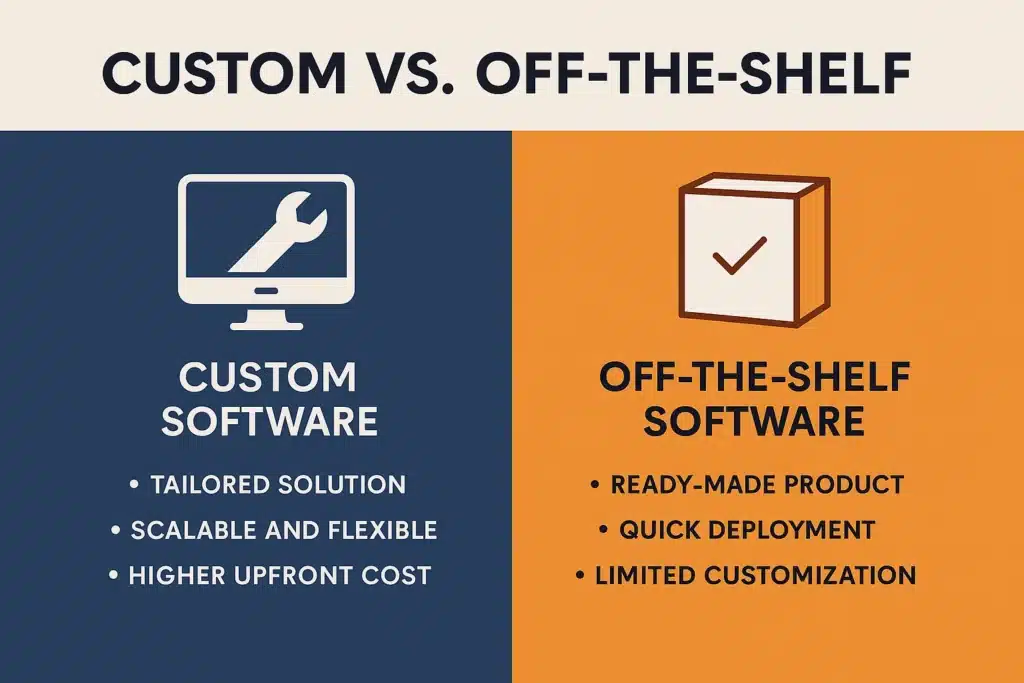
The debate between custom and prebuilt software often centres on cost. Buying a subscription for a SaaS product is undeniably cheaper up front than funding a bespoke build. But cost is just one piece of the puzzle.
Off‑the‑shelf tools offer quick deployment and predictable monthly fees, which makes them attractive for startups or small teams with limited budgets. They cover common use cases and work well for businesses that can live within their constraints. However, as operations scale or become more complex, the limitations emerge. Customising a product beyond its intended scope can be expensive or impossible. You may end up paying for features you never use while struggling to integrate the software with your other systems.
Custom software requires a bigger investment at the outset, but it’s an investment in capability rather than a licence. The development process begins with discovery – understanding your processes, pain points and goals – and results in a solution that aligns with your workflow. That means you’re not fighting the tool; you’re using it as a lever. Maintenance costs are more predictable, and you have full control over updates and feature prioritisation.
The return on bespoke software also shows up in less obvious places: reduced training time because the interface matches how employees work; higher data accuracy because there’s no need to manually reconcile systems; and the ability to pivot quickly when market conditions change because you’re not dependent on a vendor’s product roadmap.
Real‑world examples of custom software
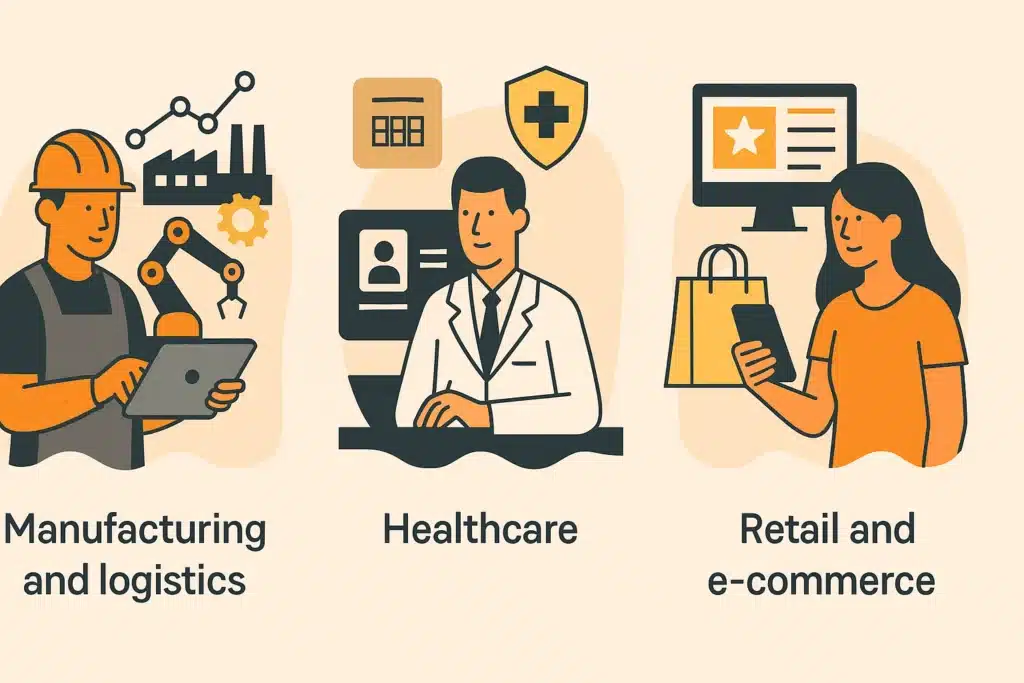
To understand the value of custom software, consider a few industry scenarios:
- Manufacturing and logistics: A mid‑sized manufacturing firm was struggling with inventory delays because its off‑the‑shelf ERP didn’t account for unique production variables. By commissioning a custom module that connected production scheduling with real‑time sensor data on machine availability, the company reduced downtime by 20 % and cut excess inventory by 15 %.
- Healthcare: A regional clinic needed to integrate appointment scheduling, electronic health records and billing across multiple locations. Existing systems offered fragments of functionality but didn’t synchronise data reliably. A custom platform tied all these elements together, improved billing accuracy and gave doctors a unified view of patient history, reducing administrative work and improving care.
- Retail and e‑commerce: An online retailer wanted to create a truly personalised shopping experience, using purchase history and browsing behaviour to recommend products. Generic e‑commerce platforms could provide basic cross‑selling, but they couldn’t process the retailer’s internal data sources. A bespoke recommendation engine increased average order value by 12 % and boosted repeat purchase rates.
These outcomes weren’t magic of custom business software; they were the result of aligning software capabilities with business objectives. In each case, off‑the‑shelf tools couldn’t adapt to the nuances of the organisation’s processes or ambitions.
Understanding the development process
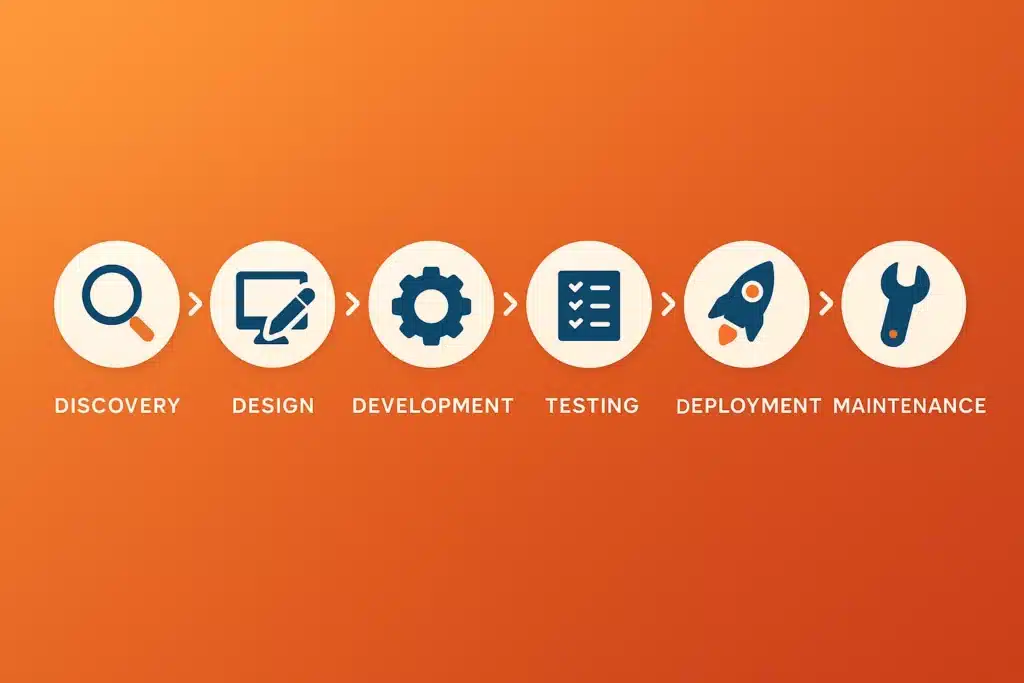
Commissioning a custom application isn’t a black box. A well‑run project follows a transparent, collaborative process: Keep reading to understand why custom software is the competitive edge your business needs.
- Discovery and planning: Stakeholders and developers map out requirements, workflows, data sources and success metrics. This phase uncovers inefficiencies and establishes a shared understanding of what the software needs to achieve. It also includes technical considerations like integration points and security requirements.
- Design and prototyping: Designers translate requirements into wireframes and prototypes. Early feedback from users ensures the interface is intuitive and the proposed features solve real problems. These prototypes reduce the risk of building the wrong thing and provide a clear visual reference.
- Development: Engineers build the application iteratively, often using agile methodologies. Each sprint delivers a functional increment that stakeholders can test. Transparency and frequent demos keep everyone aligned and allow adjustments before the next iteration.
- Testing and quality assurance: Rigorous testing – unit tests, integration tests and user acceptance tests – catch issues before deployment. Security audits ensure compliance with relevant regulations (HIPAA, GDPR, PCI-DSS, etc.).
- Deployment and training: Once the application meets acceptance criteria, it’s deployed to production. Training sessions and documentation help users adopt the new system quickly. Feedback loops remain open for any refinements.
- Maintenance and evolution: Software isn’t static. Ongoing maintenance addresses bugs, performance improvements and new feature requests. Because you own the codebase, you’re not dependent on a vendor’s release cycle. As your business evolves, your software can evolve with it.
Choosing the right partner
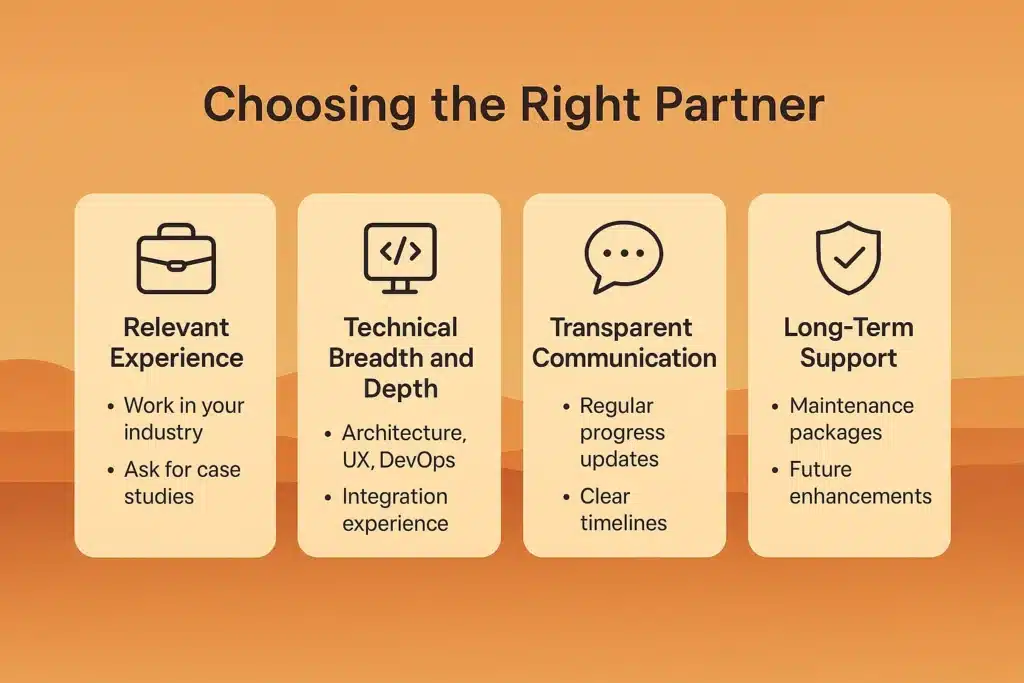
The success of a custom project hinges on the team you choose. Look for a provider with:
- Relevant experience: Proven work in your industry or similar domains suggests they understand your challenges. Ask for case studies and references.
- Technical breadth and depth: Beyond coding skills, the vendor should handle architecture, UX/UI, DevOps and security. Integration experience with your existing systems is crucial.
- Transparent communication: Regular progress updates, clear timelines and a willingness to explain technical decisions foster trust. Avoid firms that promise unrealistically low prices or timeline guarantees without understanding your requirements.
- Long‑term support: Software needs ongoing care. Ensure the provider offers maintenance packages and is available for future enhancements. A vendor who disappears after the final invoice isn’t a partner.
Two key resources on custom software: Why custom software is the competitive edge your business needs?
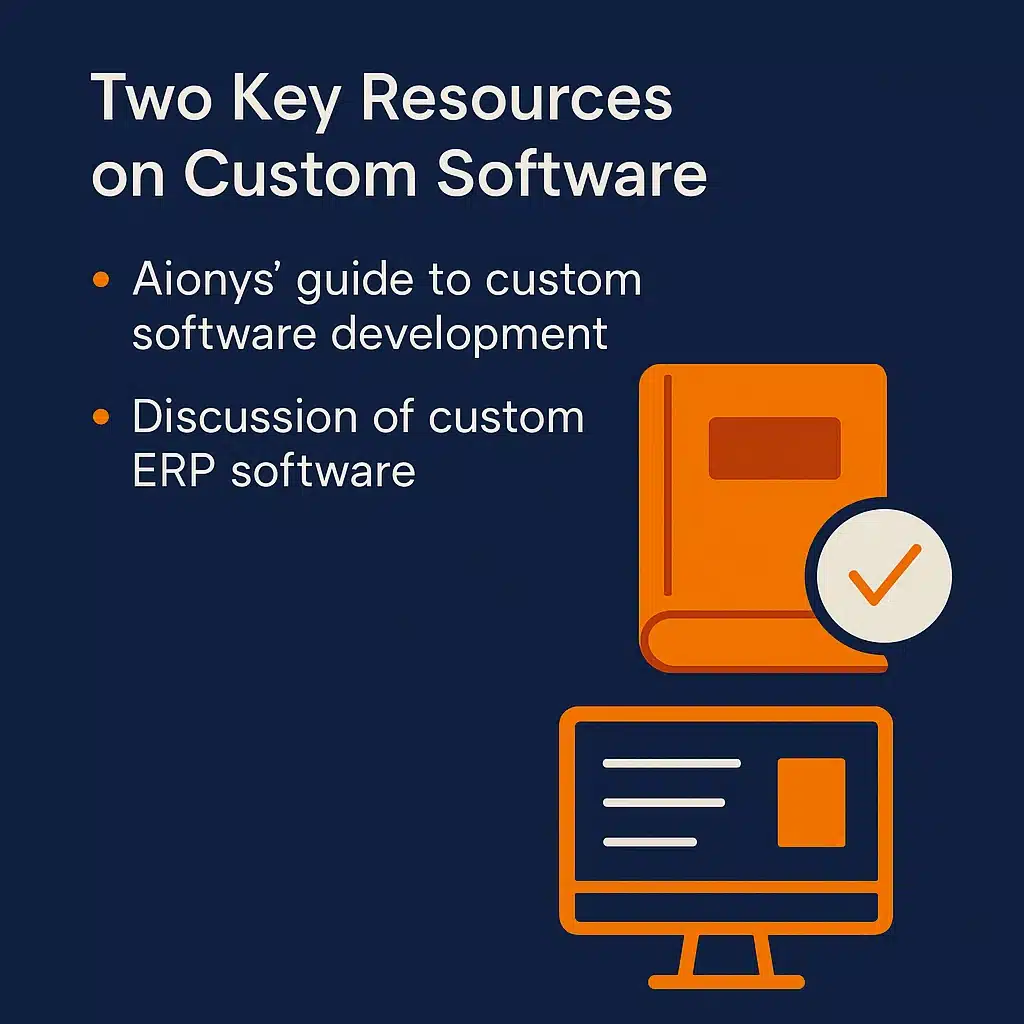
To dive deeper into the practicalities and benefits of bespoke development, it’s worth reading Aionys’ own guide to custom software development. It outlines how a tailored solution is designed, built and maintained, with real examples of time and cost savings. If you’re curious about enterprise resource planning, their discussion of custom software development also explains how a unified platform can streamline HR, finance, inventory and customer management in a single, integrated system.
Why custom software is the competitive edge your business needs? The bigger picture

Custom software is a great tool. Its power lies in its alignment with strategy. When leadership views technology as a core lever rather than a back‑office necessity, bespoke applications unlock efficiencies, insights and customer experiences that competitors can’t easily replicate.
The digital marketplace is crowded. Companies that succeed are those that identify friction points in their processes, clarify their objectives and invest wisely in systems that support their unique way of working. Off‑the‑shelf products have their place, especially in early stages or for generic functions, but they often become a ceiling. If your aspirations go beyond what standard tools can offer, it’s time to consider whether custom software is the edge you need.
Planning a build doesn’t have to be daunting. With the right partner and a clear roadmap, you can turn your processes into your advantage. And as your business evolves, your software will evolve with you – because it’s yours.
The post Why Custom Software Is the Competitive Edge Your Business Needs appeared first on Visualmodo.

0 Commentaires